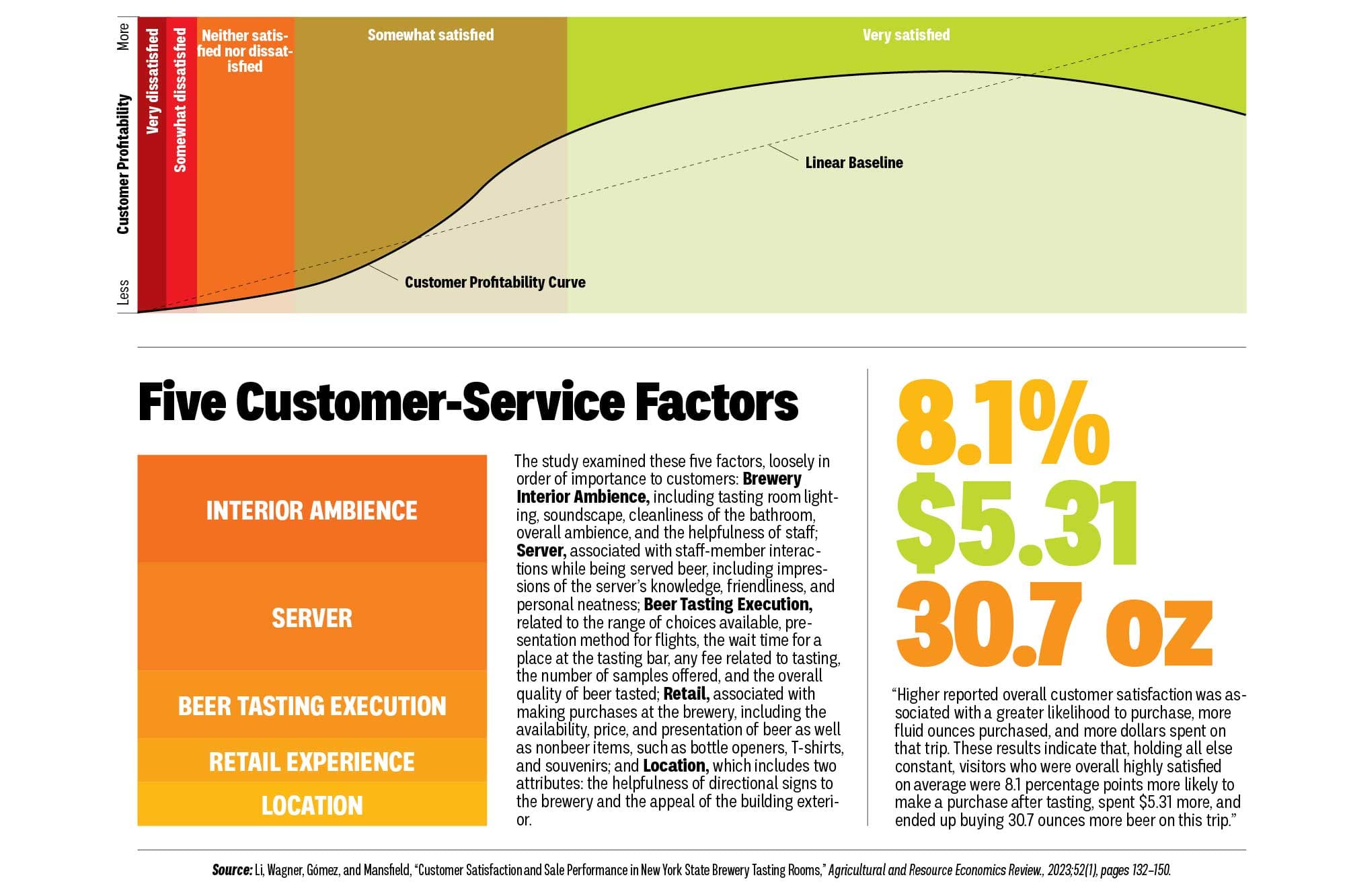
Infographic: The Relationship between Customer Satisfaction and Profit Isn’t Linear
Based on some recent research, here’s a visual look at the connection between consumer satisfaction and profit at smaller breweries.
17 articles in this category

Based on some recent research, here’s a visual look at the connection between consumer satisfaction and profit at smaller breweries.

Identifying a location for a new taproom or brewpub expansion isn’t as simple as finding a deal or liking the neighborhood. Consider your company’s values and run the numbers on profit potential.

Winter has come. Across much of the North America, the post-holidays lull can be devastating to hospitality-focused businesses that aren’t prepared. Here are some strategies to survive until spring.

Whether anecdotal or statistical, there is plenty of unwelcome news to go around the brewing industry these days—and yet, success stories continue. Here, we look at a few breweries that are growing, and how and why they’re doing it, despite the prevailing headwinds.
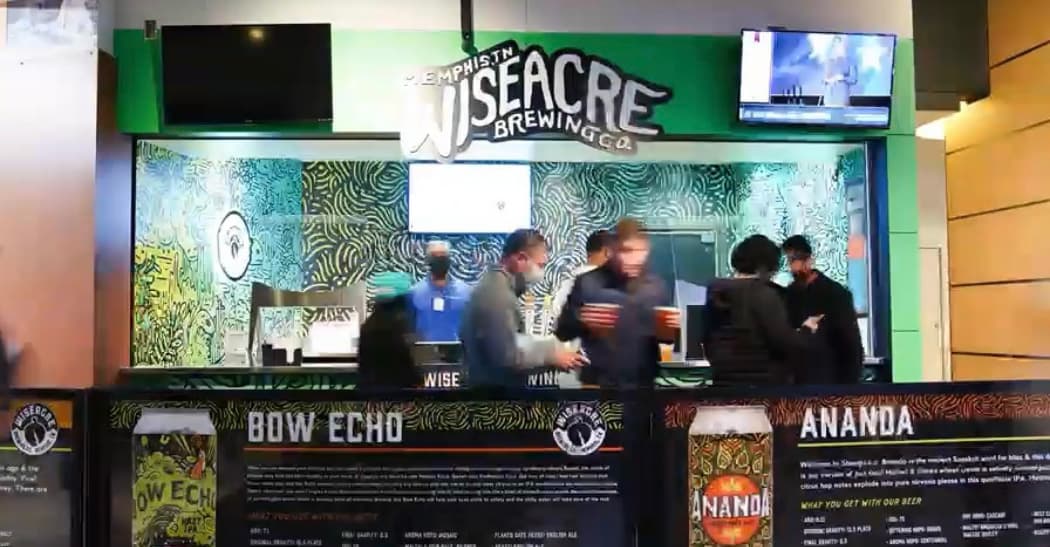
From the NBA to the NHL to minor league baseball, sports venues are looking for local beer brands to join the widening variety of local food. Here’s a look at the costs and opportunities for small breweries considering whether to jump into the arena.
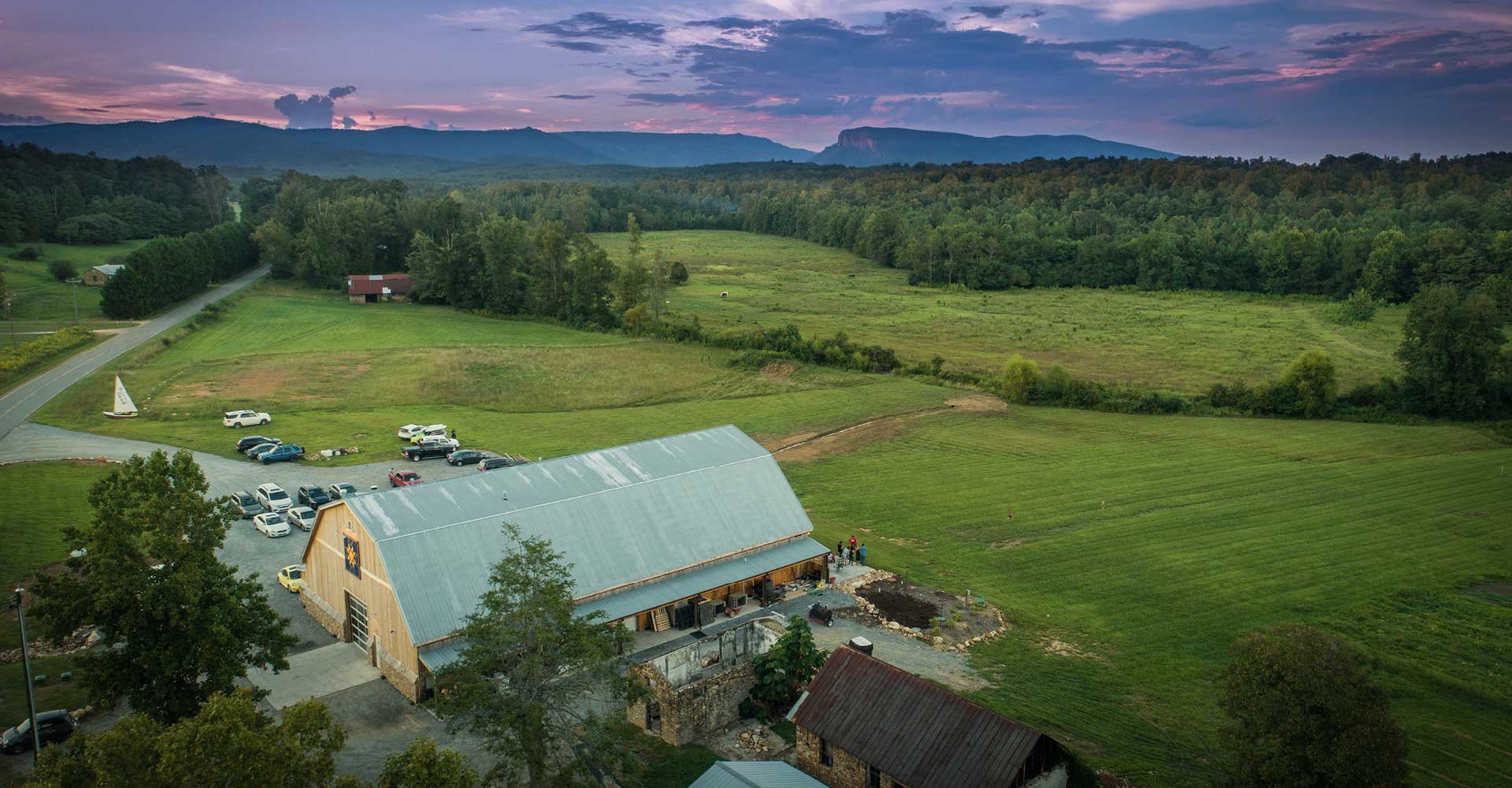
North Carolina’s Fonta Flora Brewery now operates three taprooms and a farm, as the company learns how to bridge the gap not just between urban and rural, but also between idealism and reality.
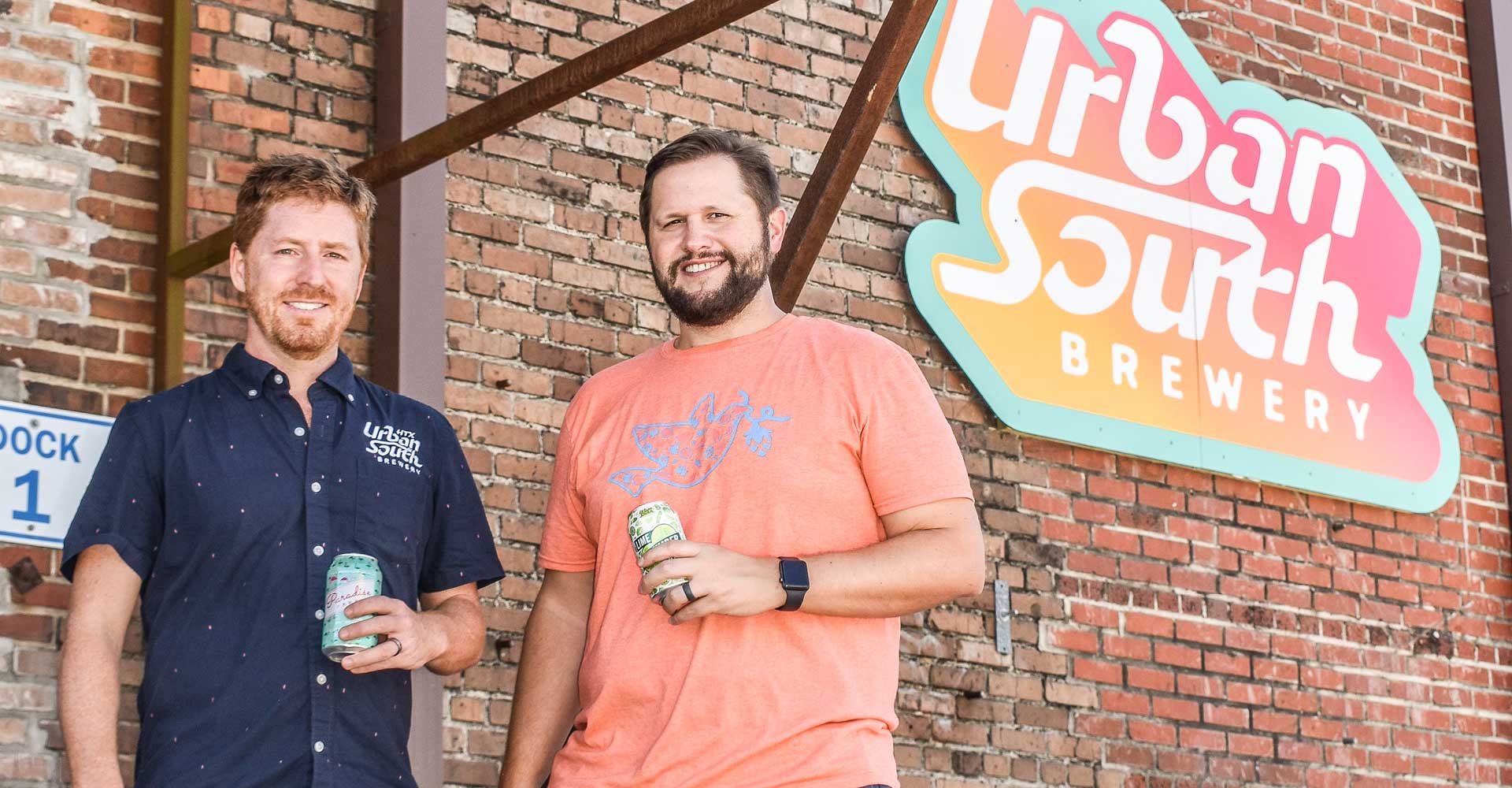
New Orleans’ Urban South outpaced its own ambitious goals for Louisiana. Now it’s thinking big in Texas—and beyond.
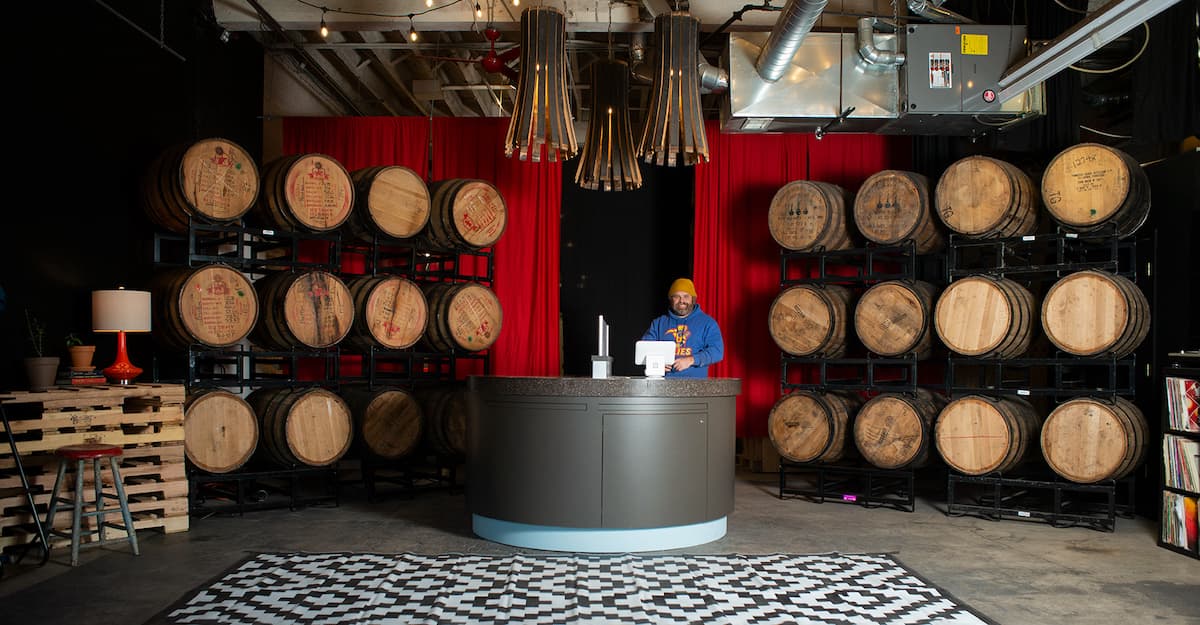
A defunct brewery up for sale can be ideal for others looking to open or expand quickly—but this often comes with compromises on location, size, and space. Here, brewery operators who’ve recently been down that road share some lessons learned.

Taprooms and bars across the country began to seat patrons again in May and June. There was no one-size-fits-all plan for doing it safely, but there was—and still is—plenty of detailed advice. With fall and winter uncertain, that advice still applies.
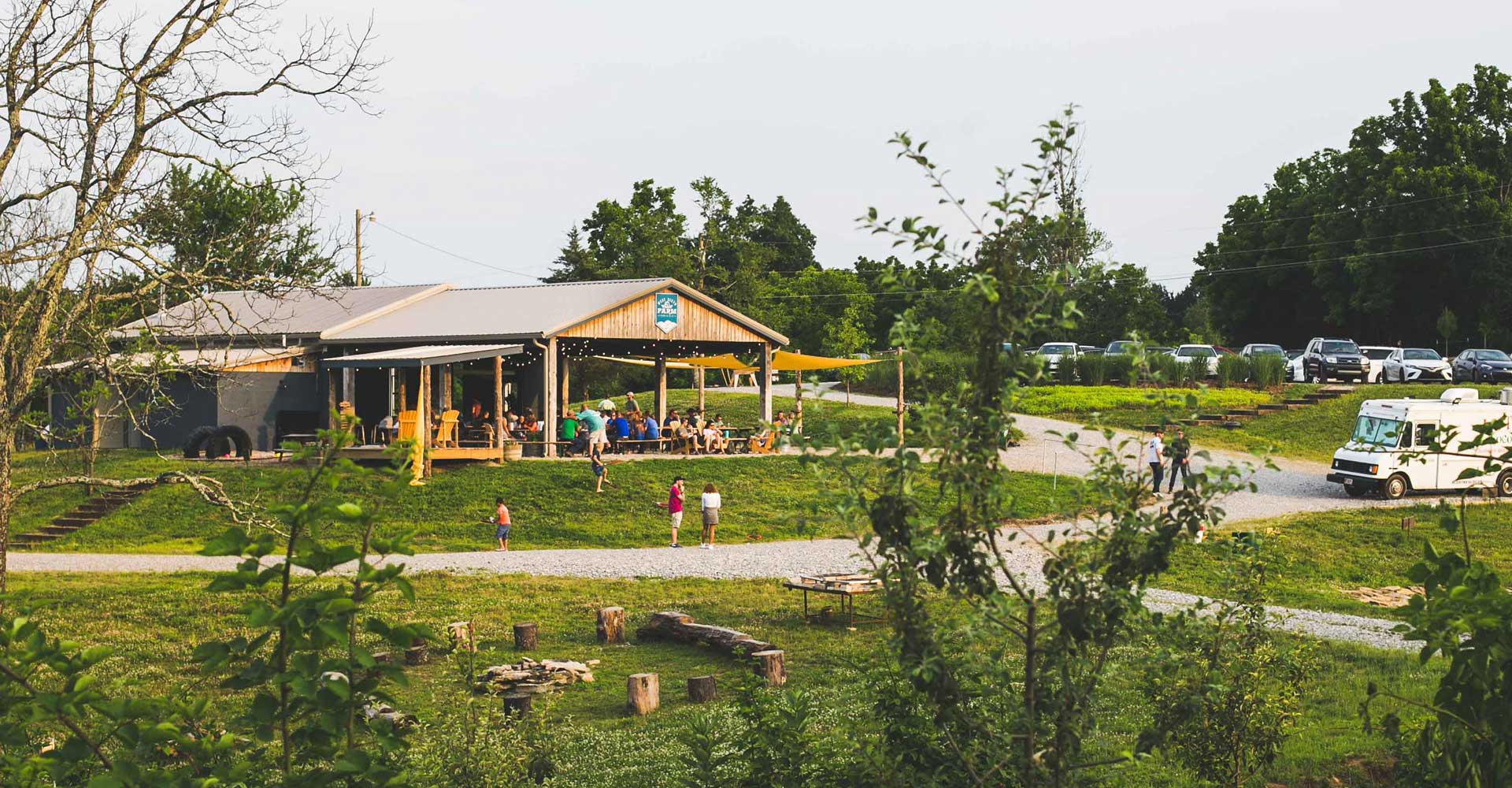
When Lexington, Kentucky-based West Sixth Brewing bought 125 acres in rural Franklin County, it learned that agriculture is only one part of the equation.
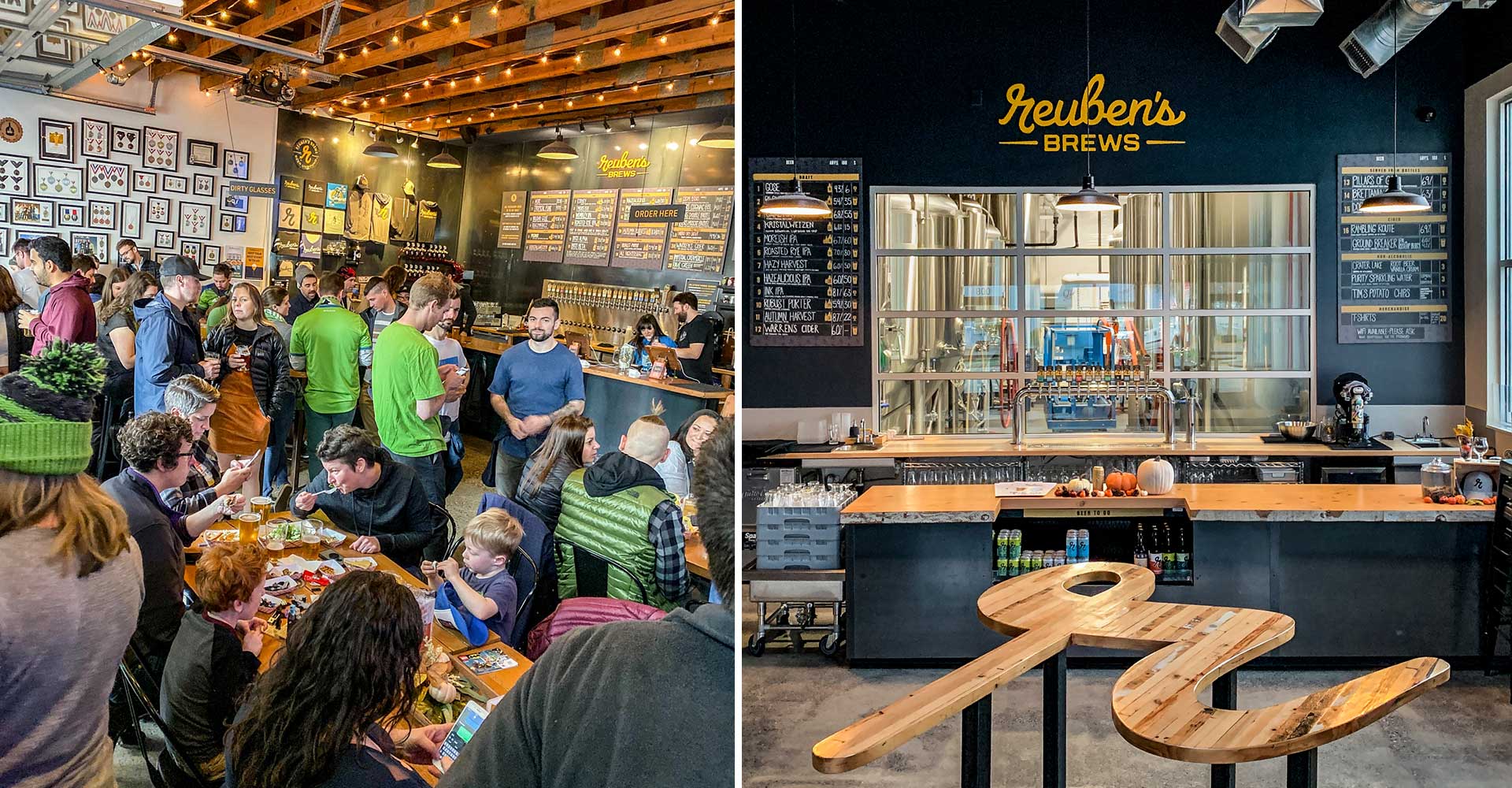
There are no better margins on beer than for that sold over a brewery’s own bar. Yet, additional taprooms are not a recipe for instant profit. Adam Robbings, founder of Reuben’s Brews, explores the considerations to make when planning for expansion.
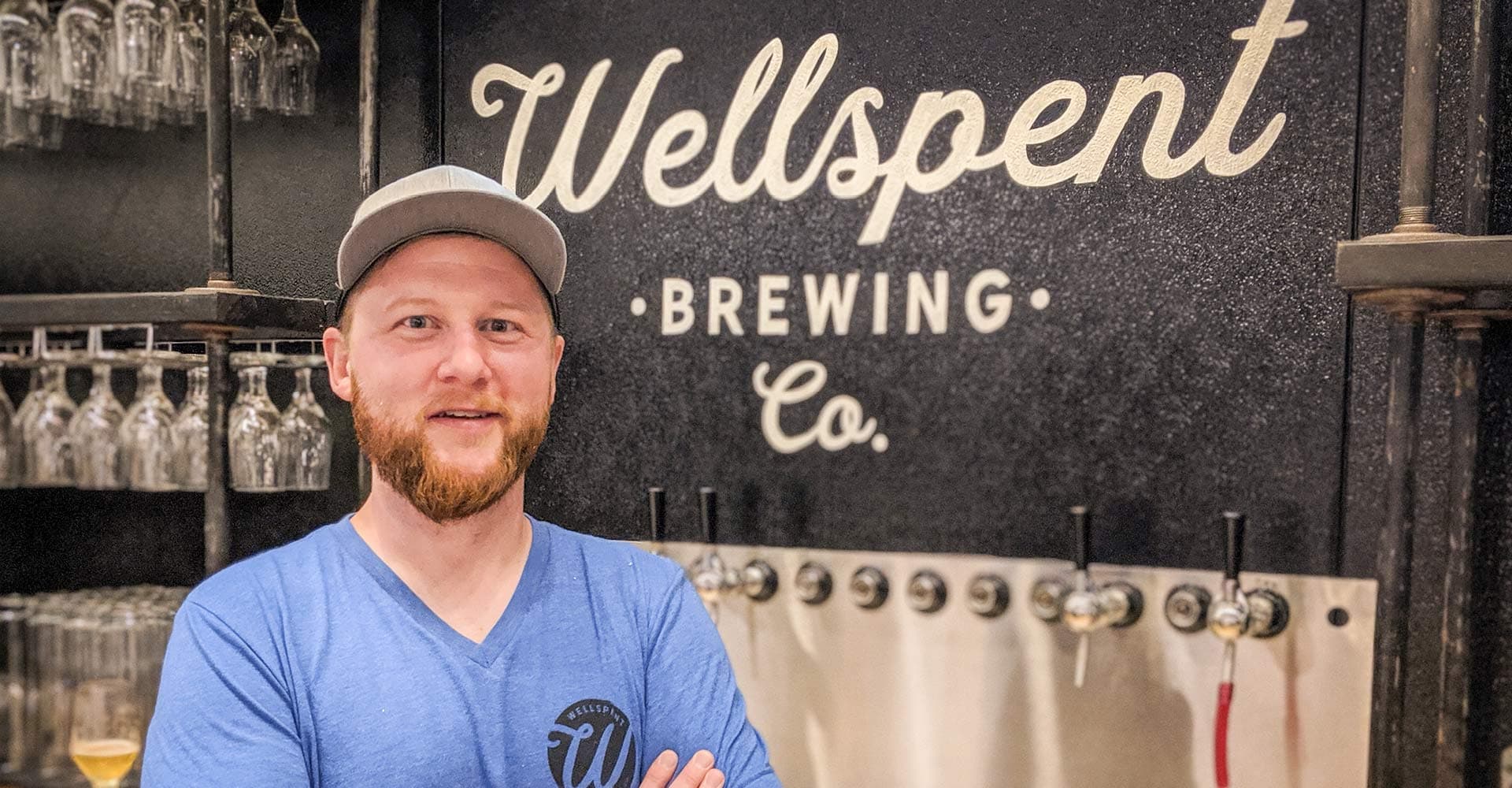
This St. Louis brewery was making highly regarded beer, but that wasn’t enough to keep it going in a tightening market. Here, Founder and Brewer Kyle Kohlmorgen shares lessons learned in the getting to open—and then having to shut down—his dream.
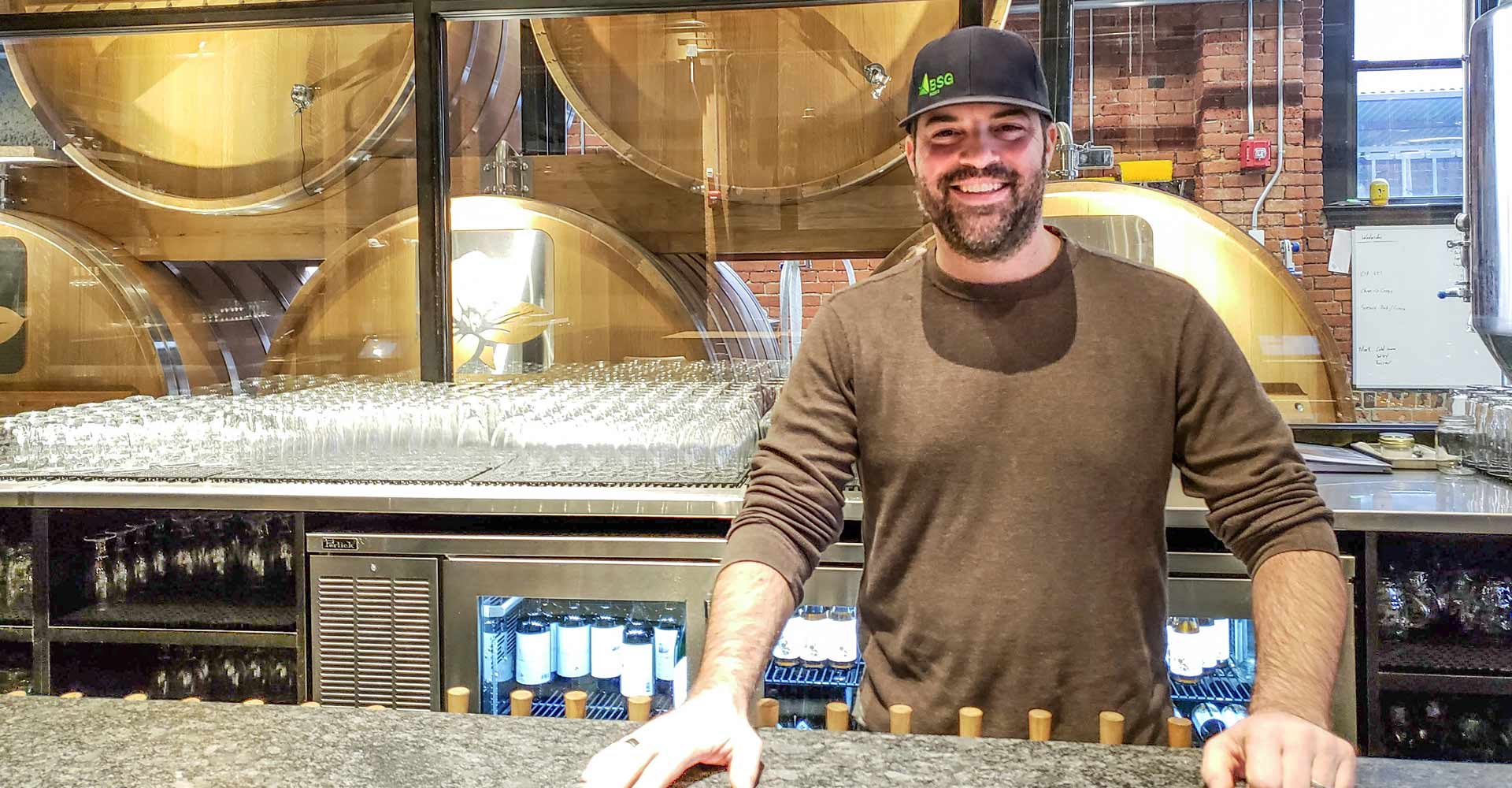
Grown from an alleyway spot in a developing neighborhood to a regional powerhouse with satellite taprooms, restaurant, farm, and retail, this Boston-based brewery has matured through growing pains and taken some calculated risks.
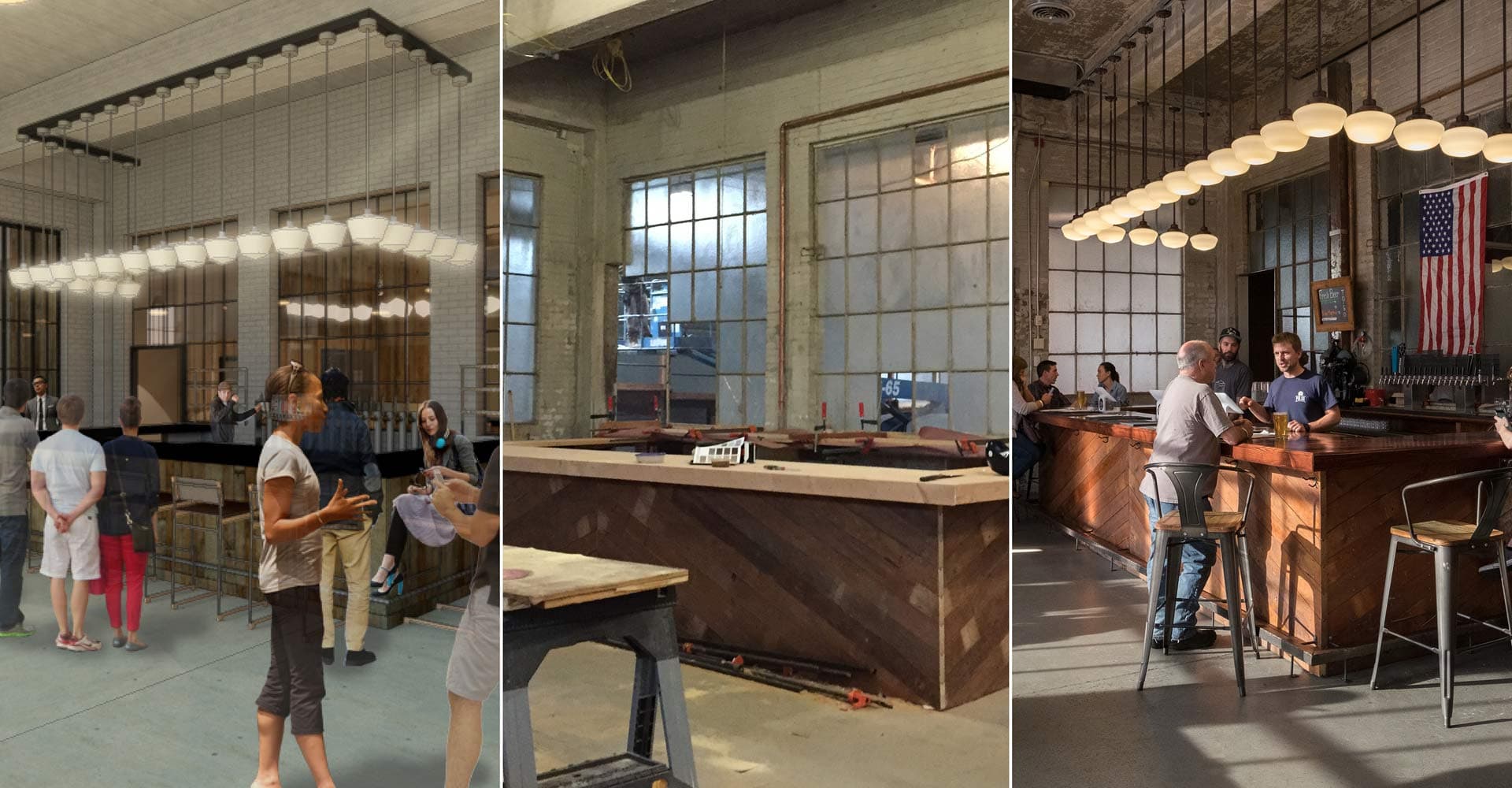
Every brewery aims to express its personality through its taproom. Understanding how patrons enjoy these spaces can make or break a design project. Kevin Deabler, principal and cofounder of RODE Architects in Boston, helps to demystify the process.

Opening new locations that serve as satellite locations for your beers has the potential for great success.
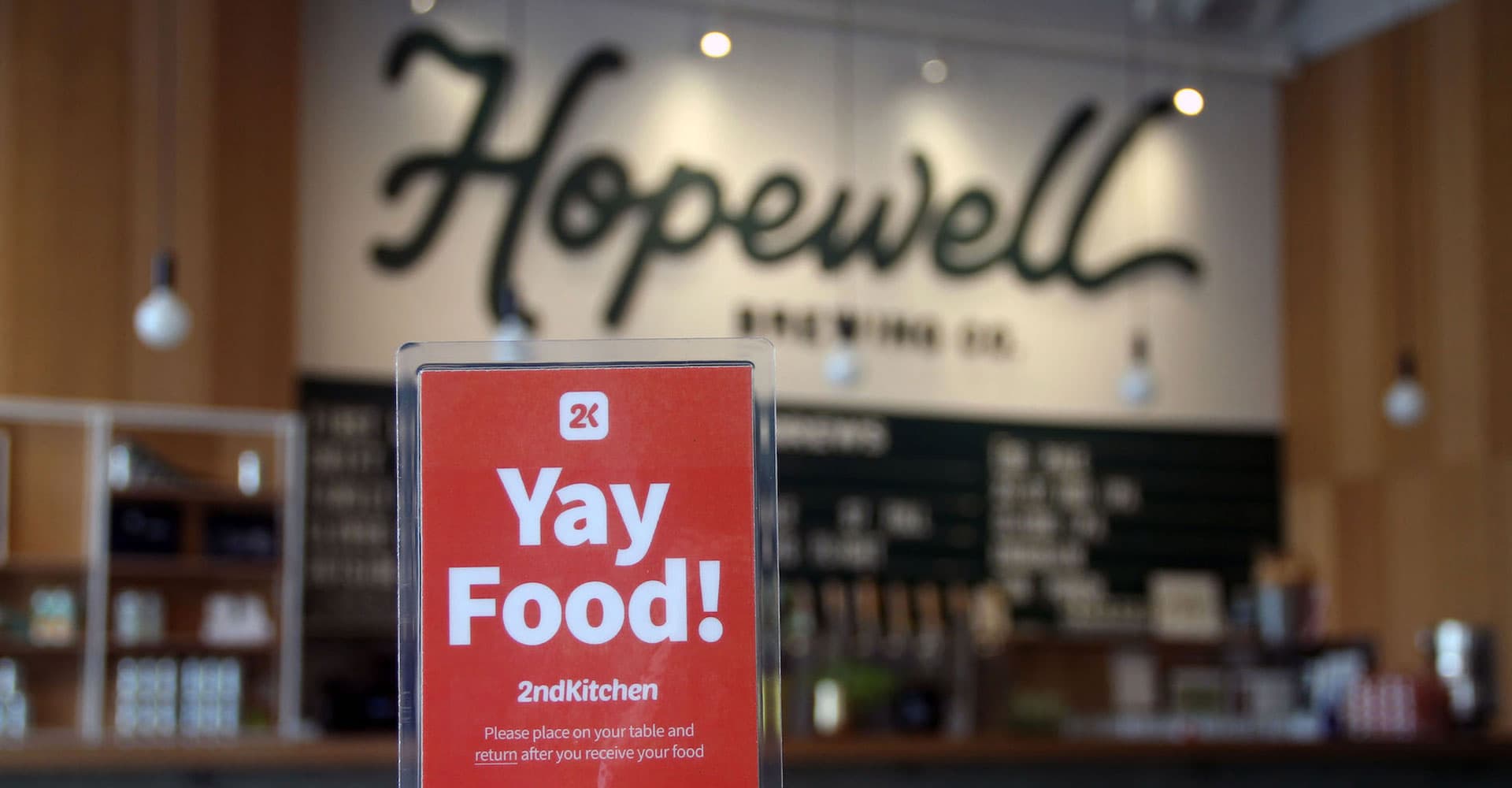
A brewery could open its own kitchen. However, when you factor in the costs—hiring a chef, obtaining the right licenses, rent, ingredients, equipment, construction, and so much more—it’s a big hassle.

Kid- and pet-friendly Level Beer, opened recently in Portland, Oregon, is helmed by industry veterans who wanted a place where they could ply their craft, hang out with their families, and work to make pale ale cool again.